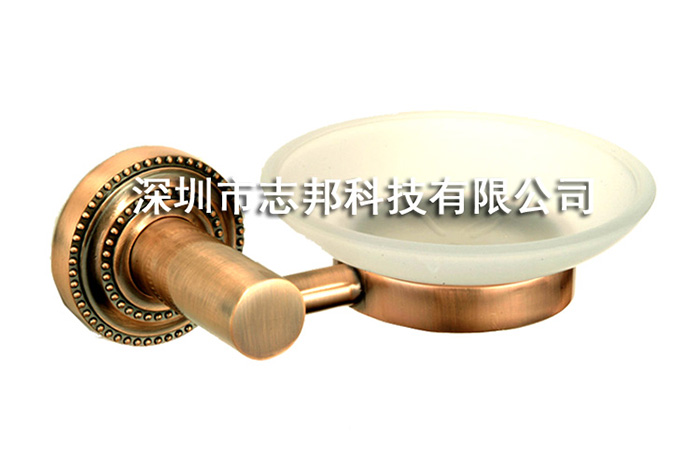Curing Temperature of Electrophoretic Paint
In the dazzling firmament of manufacturing, electrophoretic paint technology illuminates the coating paths of numerous industries with its unique charm. From the dazzling debut of automotive bodies to the exquisite appearance of household appliances, electrophoretic paint has won widespread acclaim in the industry for its remarkable corrosion resistance, superior adhesion, and even coating effects. However, behind this glamorous facade, the curing temperature of electrophoretic paint serves as an invisible conductor, subtly orchestrating every detail of coating quality.
The curing temperature, this seemingly simple parameter, actually embodies boundless wisdom and mystery. It functions like a precise tuner, fine-tuning the electrophoretic paint film as it undergoes a magnificent transformation from liquid to solid within the fiery crucible of high temperatures. In this process, the choice and control of temperature become the decisive factors in coating quality.
Excessively high curing temperatures, akin to boiling oil over a fierce flame, can rapidly ignite the curing flame of the paint film, but it may also lose control, leading to excessive hardening of the film's surface and a surge of internal stress, ultimately triggering disastrous consequences such as coating cracks and peeling. Additionally, high temperatures accelerate solvent evaporation, leaving the coating surface pockmarked with pinholes, craters, and other imperfections, severely damaging the product's aesthetics and durability.

Conversely, excessively low curing temperatures resemble stagnant water, depriving the paint film of its vitality and elasticity during the sluggish curing process. This not only diminishes the coating's hardness, wear resistance, corrosion resistance, and other critical properties but may also prolong production cycles and increase energy consumption costs, imposing unnecessary burdens on enterprises.
Therefore, to achieve the perfect quality of electrophoretic paint coatings, we must exercise precise control over the curing temperature. This requires us to adopt advanced curing oven equipment equipped with precise temperature control systems; formulate scientific and rational curing process parameters through repeated testing and data analysis to find the optimal temperature range and time; establish a comprehensive quality management system to strictly monitor and inspect every aspect of the curing process; and simultaneously strengthen environmental control to ensure that the curing process takes place under stable and suitable conditions.
Only in this way can we make the curing temperature of electrophoretic paint a true invisible conductor of coating quality, guiding us towards a path of even more superior and efficient coating. In the days to come, with the continuous advancement of technology and the continuous optimization of processes, we believe that electrophoretic paint technology will undoubtedly shine even more brightly in more fields.





 WeChat
WeChat